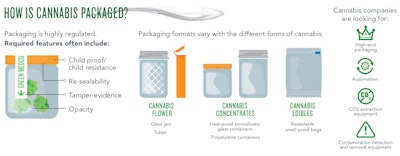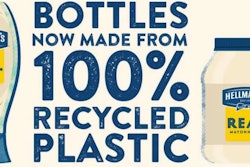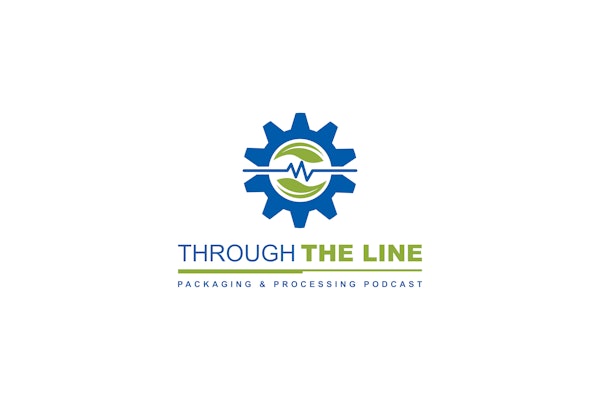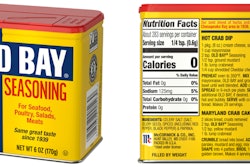There has never been a more of a demand for packaging information than there is now for cannabis packaging solutions. PMMI’s special report on cannabis packaging, Here to Stay or Up in Smoke? A Look at the U.S. Cannabis Market, almost two years old now, remains its most popular download, month after month. Yet, raw numbers mean little in a landscape where state-by-state regulations and laws vary widely. Recent standing-room-only presentations at PACK EXPO Las Vegas only reinforced the phenomenon.
The market can be broken up into two major components—THC-based products promising some kind of buzz, and non-THC products based on extracted oils processed from hemp-CBD.
THC (buzz)
Tetrahydrocannabinol (THC) remains controversial, despite a growing number of states allowing both medicinal and recreational cannabis. Tax dollar revenue estimates have generally fallen short and some states have completely blown the launch of recreational cannabis by issuing too many licenses to grow, flooding the market and destroying price structure. California in particular battles a dynamic black market.
Some conservatives refuse to participate in the market citing that it’s “still illegal from a federal perspective,” while others see very little difference in selling into the THC market than packaging beer, cigarettes, hard spirits, and opioids.
Others participate but mask their efforts, even setting up new companies with different names so core customers do not know they are also supplying the cannabis market. Banking regulations are said to be improving.
Cannabis-infused beverages and foods remain illegal from the FDA’s viewpoint—for now—but the agency admits it cannot police the flood of new companies and brands.
The FDA can only pay attention when problems rise to the surface. The recent vaping crisis a perfect example. Pause for a minute and think of a close friend who may have just sunk a life’s savings into a new vape company with tons of flavors! Gulp.
Edible cannabis poses particular problems with dosing, plus child-resistant reclosable options are hard to find, prohibitively expensive, or don’t match sustainability goals. But many predict beer, wine, and spirts will get involved with low-dose cannabis social drinks, due to the recent “mindful drinking” movement resulting in declining beer sales.
Depending on the form the THC cannabis takes, packaging draws from popular categories like carbonated beverages, baked goods, confectionary, etc.
Flower for smoking can be packaged individually with pre-rolled joints in cheap, colorful plastic tubes from China, with larger amounts coming in beautiful glass jars and modified atmosphere metal cans. Edibles often come wrapped individually in a resealable flexible pouch. Some of these boast fantastic digital graphics. Many suppliers are clued-in to social media and support local and regional sustainability initiatives or pet-friendly causes.
The medicinal market has been crippled by government’s lack of issuing new applications for medicinal research in cannabis for three years!
The recreational market tends to have negative effects on an established medical market, with recreational selling up to 15X the medical market. Patients can now experiment with a variety of different products, strains, delivery systems, etc., and don’t need to jump through the considerable hoops necessary to get a doctor’s recommendation.
CBD (no buzz)
Cannabidiol (CBD), often misunderstood, comes in a variety of sophisticated branded packaging taking cues from beauty, health, and food markets. Celebrity endorsements abound, especially sports professionals who use CBD for pain relief. Glass vials with droppers are huge (often requiring outer cartons), as are jars, bottles, pumps, tubes, and test tubes.
Like the vitamin and nutritional supplement market, CBD oil can make broad claims about overall health, but must be careful not to make specific claims about outcomes.
Indeed, a search in the comments section of any CBD supplier website will find as many people saying it did nothing for them as those saying it helps. But the people it helps are true converts. Note: It is not uncommon for some drugs to work differently on different people.
Recent announcements from major retailers who will carry CBD products really put CBD and CBD education in the spotlight. Young and old consumers, uncertain of the origins or reliability of products sold on the web, will see lotions, cosmetics, or oils in the same store where they get their prescriptions filled.
CBD + THC (buzz plus)
Some products combine the application benefits of CBD lotion or oil, but come with THC in the formula for the “entourage effect” which proposes that the parts of the plant work better in synergy rather than when isolated. Now it’s a lotion with a buzz—same kind of packaging but labeling is critical.
There already have been winners in cannabis, certainly. But the market has also seen its share of lawsuits, mergers, acquisitions, and struggles to comply with rapidly changing regs. Canada is the first comparable federal model, much smaller in scale but still lucrative. Many companies are on their third or fourth level of investors. Early efforts to market entry saw heavy labor demands that could not be supported with human resources drowning in background checks, interviews, training, etc., only to have the employee leave in six weeks for a better job. Differences in the regulatory landscape in each state thwarted larger operations from scaling up in multiple states.
It is clear now that automation will be needed for production to supply a major retailer. General trends in nutrition, driven by both millennials and boomers, see people taking their health into their own hands with diet, exercise and mindfulness. This bodes well and time will tell which brands will emerge winners.
Larger players who can deliver process control for flavorings and extracts, and who can supply a growing supply chain, will emerge.
Visit PACK EXPO East in Philadelphia, March 3-5, 2020 and get in on the cannabis packaging discussion.
Note: Click the following links to read more from our cannabis report. • Packaging is the Vehicle in Dogwalkers’ Brand Journey
• Harvest Health Automates Cannabis Pouch Filling
• Cannabis Brand Garden Society Incorporates Recyclable, Child-Resistant Packaging
• Embossed Wallet for Sublingual Strip


























